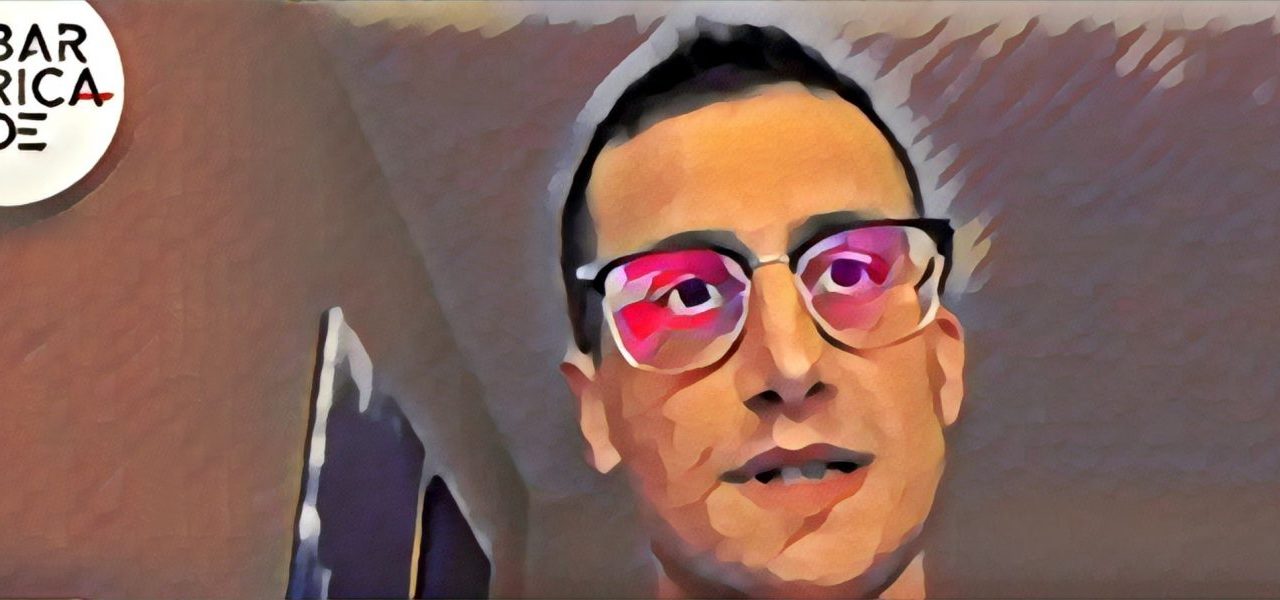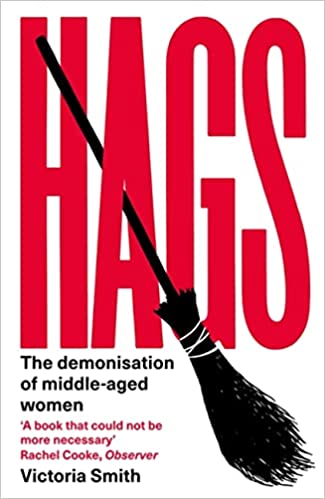More than 30 years have passed since the fall of the Berlin Wall. Anti-communism became a religion, and we were strongly discouraged from discussing anything related to the period prior to 1989, including the art of the time. The then-dominant trend, socialist realism, was branded as the apex of aesthetic evil, the result of authoritarian political leaders attempting to impose their vision and dictate what painters, musicians, playwrights, and artists in general should do. Of course, art created in the Western world was ultimately regarded as “good.” This is not only an intentionally simplistic viewpoint, but it is also deceptive.
“The Barricade,” on the other hand, is a place where one can freely discuss art, though we are not primarily a cultural outlet. However, we’d like to draw your attention to a very interesting exhibition called “The Cold Revolution,” which was presented in Poland and deals with the topic of art in Eastern Europe during the so-called “communist era.” Joanna Kordjak and Jérôme Bazin conceived of displaying over 400 works from six former Eastern Bloc countries in Warsaw: Poland, Czechoslovakia, East Germany, Bulgaria, Romania, and Hungary. The curators stated that the exhibition’s goal was to look at the changes that occurred in these countries during the 1950s through the lenses of painting, photography, film, design, and architecture. Jérôme Bazin, one of the exhibition’s curators, was invited to a discussion about socialist realism and how difficult it is to combat mentalities that view complex phenomena like art through a very narrow lens by Maria Cernat and Frank Myonk.
Jérôme Bazin works as a senior researcher at the European Comparative History Research Center. He holds a PhD in art history from the University of Amiens and a BA in history from the University of Geneva. He published numerous articles as well as a book on the social history of art. We’ll talk to Jérôme about the exhibition and how socialist realism claimed to provide artists with the opportunity to create art for the general public and to make art as inclusive as possible, but how it wasn’t always able to anticipate the public’s needs and desires. We’ll also try to answer the question of how consumer-oriented societies created or conveyed the illusion of inclusiveness. We’ll also discuss the stark contrast in gender and race between the visual language of US advertising and socialist realism, among other things.
Photo: Jerome Bazin (source: The Barricade)
The Barricade is an independent platform, which is supported financially by its readers. If you have enjoyed reading this article, support The Barricade’s existence! See how you can help – here! Also, you can subscribe to our Patreon page.
The Barricade also has a booming Telegram channel, a Twitter account and a YouTube channel, where all the podcasts are hosted. It can also be followed in Rumble, Spotify, SoundCloud and Instagram.











